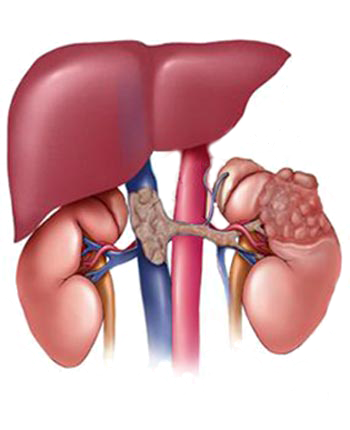Your caregiver will insert a catheter (thin plastic tube) into a blood vessel in your neck or groin. He will use an ultrasound or x-ray to guide the catheter into your IVC. The filter will be pushed through the catheter and attached to the walls of the IVC. The catheter is pulled out and the filter is left in. Your caregiver will press firmly on the area where the catheter went in, to stop any bleeding. After a few minutes, your caregiver will put a bandage on the area.

|

